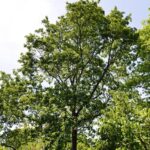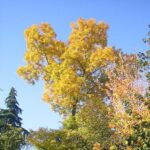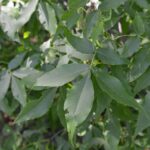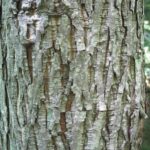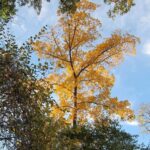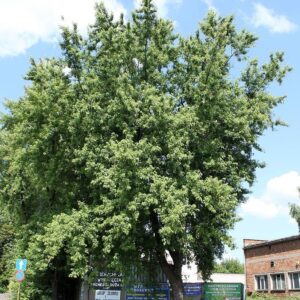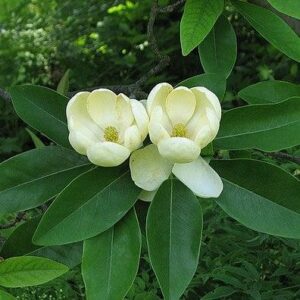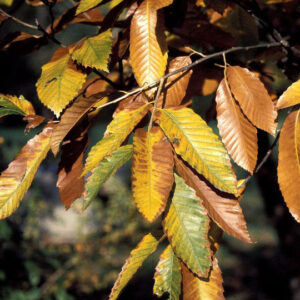Pignut Hickory is a large native deciduous tree with a straight trunk and rounded crown and grey bark that develops ridges as it ages. The dark yellow-green compound leaves turn an attractive yellow in fall. Non-showy gendered spring catkins can give way to husked nuts, but only starts producing after 25 years of age. Grows best in f ull sun and rich, moist well-drained soils. Generally intolerant of shade. Heat and drought tolerant.
Carya glabra is a host plant for the Banded hairstreak butterfly, Luna Moth, and the Hickory Horned Devil.
|
Type: |
Tree |
|
Origins: |
Eastern N. America; GA Native |
|
Height: |
50’ – 80’ |
|
Spread: |
25’ – 40’ |
|
Spacing: |
30’ |
|
USDA Hardiness Zone: |
4 – 9 |
|
Culture: |
Full Sun, Part Sun |
|
Bloom Color: |
Green |
|
Season of Interest: |
Fall, Year-Round |
MAINTENANCE NEEDS: Low maintenance. Difficult to transplant due to taproot. Large trees can produce considerable litter with twigs, leaves, and nuts. No serious disease or pests. Hickory bark beetle, pecan weevil, borers and twig girdler can be problems in some areas. White heart rot, anthracnose, leaf blotch, powdery mildew, leaf spot, cankers, catkin blight, crown gall and scab are occasional diseases.
LANDSCAPE USES: Specimen planting or mass plantings, Wo o dland Garden, Naturalized Areas, Native Garden, and Shade Tree.
COMPANION PLANTS: Yellow Birch, Oakleaf Hydrangea, Bottlebrush Buckeye
IMAGES: Photoset by Plant Image Library, (1) Carya glabra (Pignut Hickory), (2) Carya glabra, (2) Photo by cultivar413, 151029 162 Central Park – Conservatory Garden, Central Garden, Forsythia suspensa, Carya glabra Pignut Hickory, (3) Supergrosfatty, Carya glabra, CC BY-SA 4.0, (4) Rob Duval, Carya glabra-bark, CC BY-SA 3.0
*As plants have ranges in appearance they may not appear as the images shown.

